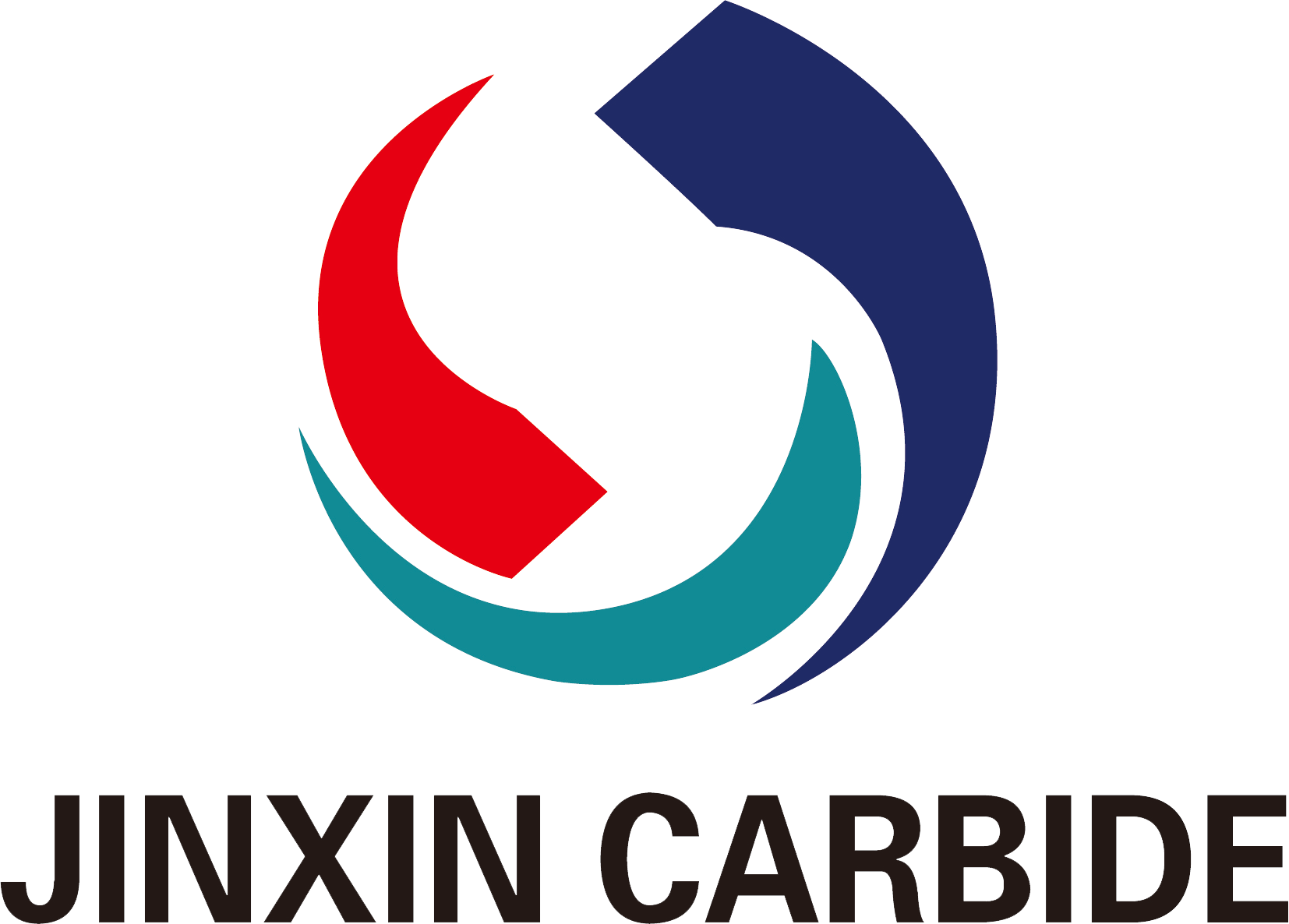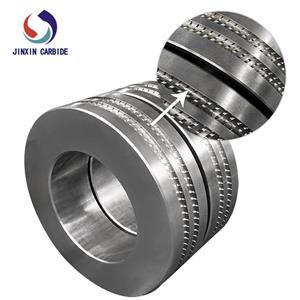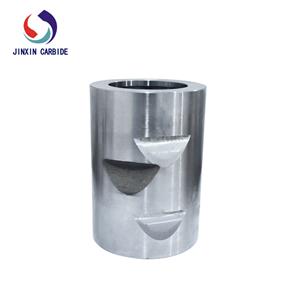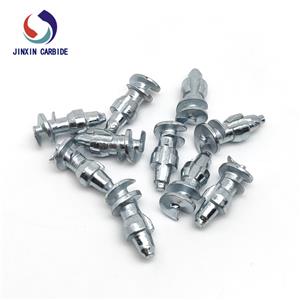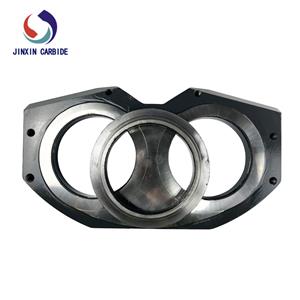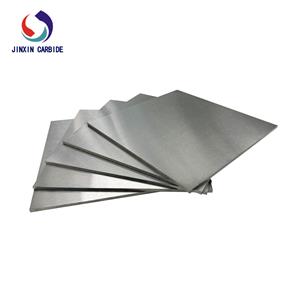What is Tungsten Rhenium Alloy
Tungsten-rhenium alloy is the same as tungsten-copper, tungsten-molybdenum and
tungsten-nickel-iron alloy. Tungsten-rhenium alloy (W-Re) is also a kind of
high-density tungsten-based alloy. It has a series of excellent properties of metal tungsten
and metal rhenium. The alloy composed of rhenium is added to the base,
and the typical rhenium content in the alloy is: 1%, 3%, 5%, 20%, 25% and 26%.
Tungsten-rhenium alloy has a series of excellent properties, such as high melting point,
high strength, high hardness, high plasticity, high recrystallization temperature, high resistivity,
low vapor pressure, low electron work function and low plastic-brittle transition temperature, etc.
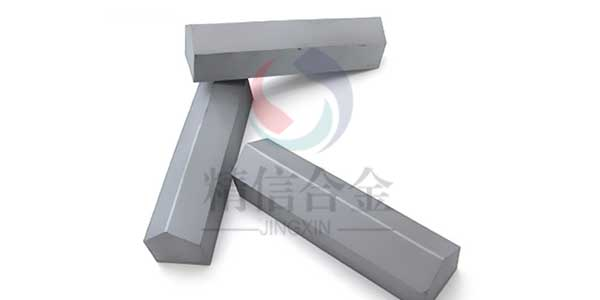
Tungsten-rhenium alloys are easy to form twins during the deformation process,
thus reducing the dislocation energy of the stacking layer and reducing the grain
boundary resistance of dislocation movement, which leads to an increase in dislocation mobility
and promotes the solid solution softening of tungsten. This phenomenon is called "rhenium effect".
Tungsten-rhenium alloy products have high thermoelectric potential, fast response
and good corrosion resistance
Because tungsten-rhenium alloy has these advantages, it has a wide range of applications
in high-temperature field structural materials, electronic technology, nuclear technology,
aerospace technology and temperature measurement technology. For example, tungsten-rhenium
thermocouple wires are widely used in temperature measuring instruments.
It is not only used in vacuum, reducing atmosphere and inert atmosphere,
but also used in oxidizing atmosphere instead of platinum-rhodium thermocouple
for temperature measurement when anti-oxidation measures are taken.
It is also used in electronic tubes, picture tubes and bulb heating wires, as electrical contact materials,
contact materials, such as car horn contacts and ignition contacts, voltage regulator contacts,
telephone contacts, various electrical switch contacts, etc.
